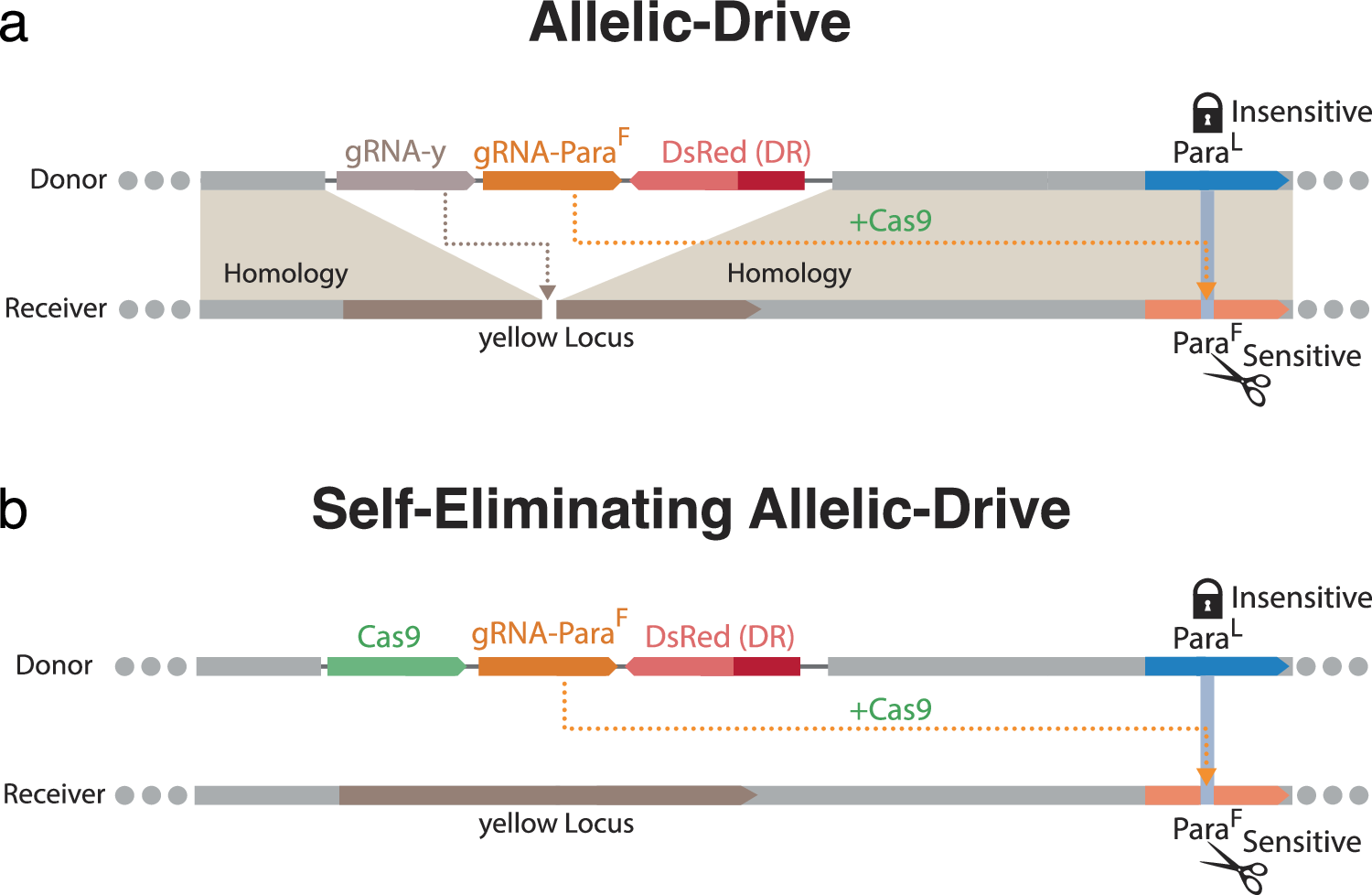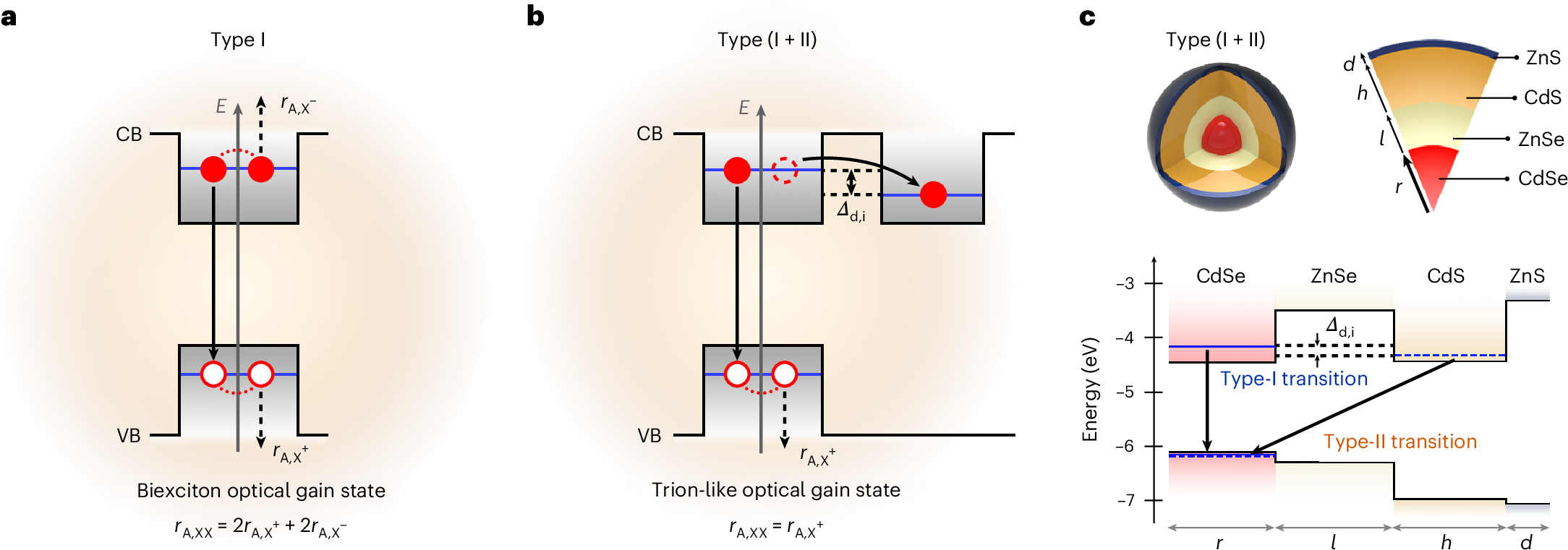2024-11-22 ロードアイランド大学(URI)
◆新たな研究では、青、ナガス、ザトウ、マッコウクジラの4種に焦点を当て、世界的な衝突リスクを初めて定量化しました。その結果、これらのクジラの生息域の約92%が船舶の航行ルートと重なっていることが判明しました。しかし、高リスク地域のうち、保護措置が講じられているのは約7%に過ぎません。研究者たちは、海洋表面の追加の2.6%に保護措置を導入することで、特定された高リスク地域全体をカバーできると指摘しています。これらの保護措置には、クジラの移動や採餌エリアと重なる海域での船舶の速度制限が含まれます。
<関連情報>
- https://www.uri.edu/news/2024/11/fewer-than-7-of-global-hotspots-for-whale-ship-collisions-have-protection-measures-in-place/
- https://www.science.org/doi/10.1126/science.adp1950
船舶衝突の危険性が世界のクジラを脅かす Ship collision risk threatens whales across the world’s oceans
Anna C. Nisi, Heather Welch, Stephanie Brodie, Callie Leiphardt, […], and Briana Abrahms
Science Published:21 Nov 2024
DOI:https://doi.org/10.1126/science.adp1950

Editor’s summary
Most whaling ended more than 20 years ago, but human activities, including direct collisions between whales and ships, continue to negatively affect whale populations. Nisi et al. mapped whale movement for four globally distributed species based on 435,000 locations and then related this to global shipping activity. They found that active shipping occurs across the vast majority of whale ranges and movement pathways. Protections designed to prevent collisions are present in fewer than 10% of whale movement hotspots. The authors argue that expanding management is essential to protecting whales in an ocean increasingly full of ships. —Sacha Vignieri
Abstract
After the near-complete cessation of commercial whaling, ship collisions have emerged as a primary threat to large whales, but knowledge of collision risk is lacking across most of the world’s oceans. We compiled a dataset of 435,000 whale locations to generate global distribution models for four globally ranging species. We then combined >35 billion positions from 176,000 ships to produce a global estimate of whale-ship collision risk. Shipping occurs across 92% of whale ranges, and <7% of risk hotspots contain management strategies to reduce collisions. Full coverage of hotspots could be achieved by expanding management over only 2.6% of the ocean’s surface. These inferences support the continued recovery of large whales against the backdrop of a rapidly growing shipping industry.



